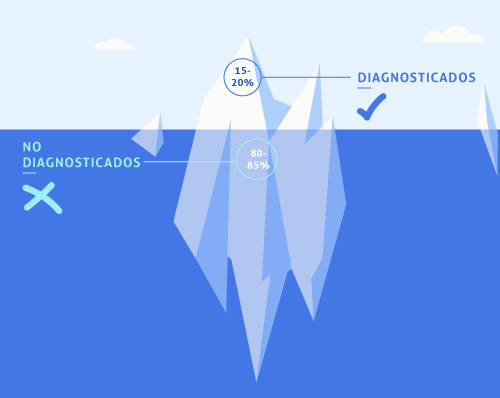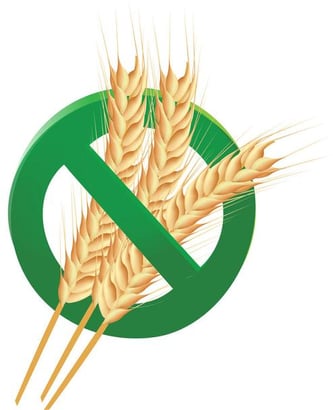Beyond celiac disease
We’ve all heard about gluten-free products and their craze, but many of us don’t know why it is relevant or even, what it really does to the human body. In this short article, we’ll introduce you to this fascinating phenomenon and show you the implications this global tendency has in the market, society, and therefore our everyday life.

¿What is gluten? What is celiac disease?
Gluten is a protein that can be found in multiple kinds of flours and cereals grown in drylands, such as wheat, barley, and rye. Even though it has no significative nutritional value, is very common in the production of comestibles due to its structural properties given that it provides elasticity and consistency and, if baked, contributes to its crunchiness.
The protein known as gluten is made up of gliadin and glutenin, which are responsible for the properties mentioned above, as well as for triggering the immune response commonly known as celiac disease, celiac sprue or gluten-sensitive enteropathy
Eating gluten triggers an immune response in your small intestine. Over time, this reaction damages your small intestine's lining and prevents it from absorbing some nutrients, this condition is called malabsorption. The intestinal damage usually causes diarrhea, weight loss, bloating, and anemia; While in children, it can even affect their growth and development. Even though there's no cure for celiac disease most celiacs can, following a strict gluten-free diet, manage its symptoms and promote intestinal healing.

Regardless of the growing interest in the issue of gluten, it is estimated that less than 20% of the population with this condition is properly diagnosed; There are many people interested in consuming gluten-free products despite not being celiac, others, still do not know if they are, but suffer from symptoms that suggest that they might be.
In the United States, which along with Europe has the highest volume of celiac disease cases, approximately 3 million people have been diagnosed, representing 0.5% of the population; and there are 40 million who suffer from non-celiac intolerance or sensitivity. In Mexico, there are 3.5 million people, equivalent to 2.6% of the population. In Spain, around 500,000 people are estimated to have the disease, but more than 70% do not know it. While in Costa Rica it is estimated that between 60 and 70 thousand people suffer from celiac disease.
Beyond celiac disease
People affected by gluten can be divided into two groups: proper celiacs and those sensitive to gluten. The distinction between these two is that people who are sensitive to gluten, unlike celiacs themselves, are diagnosed by exclusion, that is, there is no positive evidence that their problems are due to a reaction to gluten, but rather that their doctors are drawn to this conclusion by elimination.

At the same time, there is a group of people who are often mistakenly associated with celiacs: people allergic to wheat. This confusion occurs due to the consumption of bread and thanks to the similarity between their symptoms. This allows us to observe how the range of clients for gluten-free products is always greater than the number of those diagnosed with celiac disease. And this is increasing more and more because, due to misinformation, there are many people who look for the Gluten-Free label as a guarantor of organicity and healthiness, even though it is not exactly that way.
For now, what is certain is that interest, both for consumers and buyers, is increasing rapidly. In the case of Costa Rica, it can be illustrated with the case of Auto Mercado, whose commercial vice president, Diego Alonso, reports that this category has grown in its supermarkets at a rate of 12% per year in sales since 2013. And worldwide, the demand for gluten-free substitutes or alternatives is increasing, especially in Europe and the United States where the consumption of gluten-containing pastries and products is massive.
Gluten Economics
The global gluten market has been constantly increasing for several years, as can be seen in the sales of Gluten Free products, which represented an estimated USD 5.6 billion worldwide by 2020 and are expected to reach USD 8.6 billion by 2025, with a CAGR of 8.1%. This is mainly because the number of people diagnosed with celiac disease or similar diseases is also increasing and, according to the Celiac Disease Foundation, it will double in the next 15 years.
This growing market segment presents its customers with three main problems, namely: high price, low availability, and lack of variety. These criteria have become essential in the strategy of food producers all over the world, while the consumer of the main markets is turning to more conscious consumption conduct.


